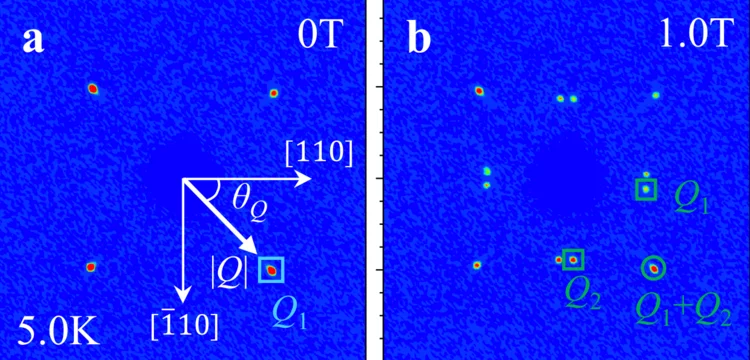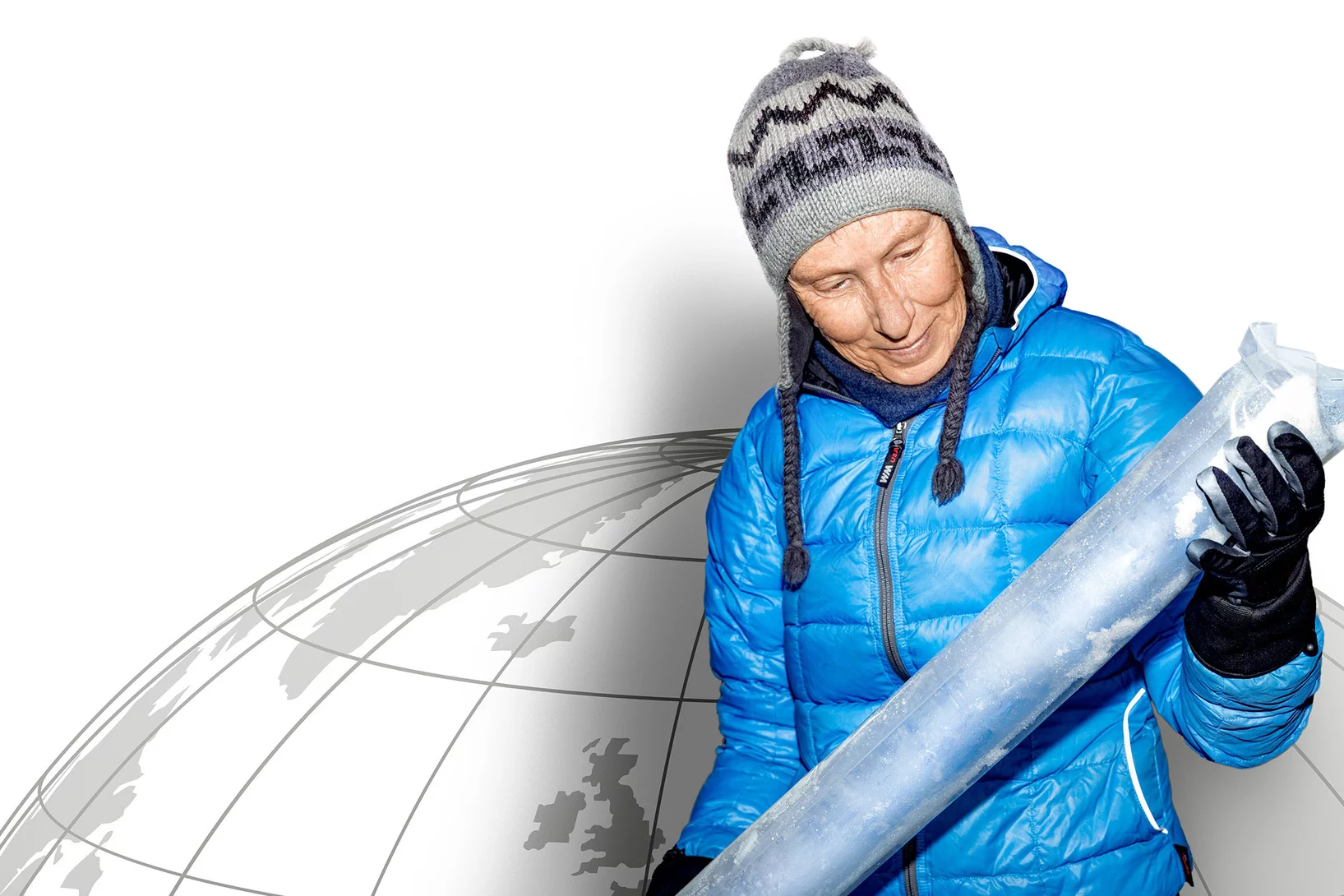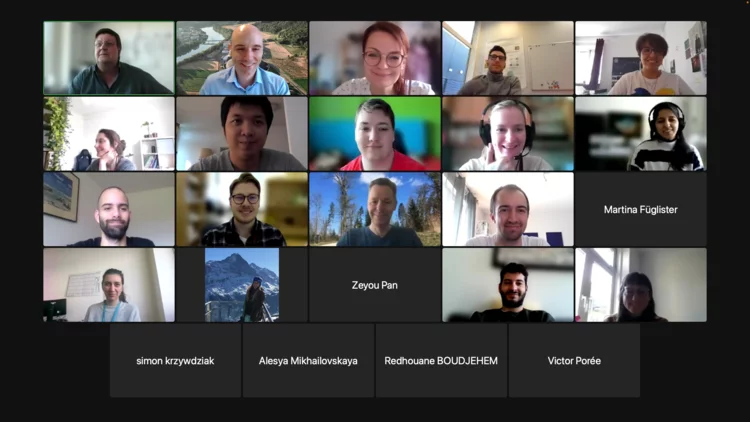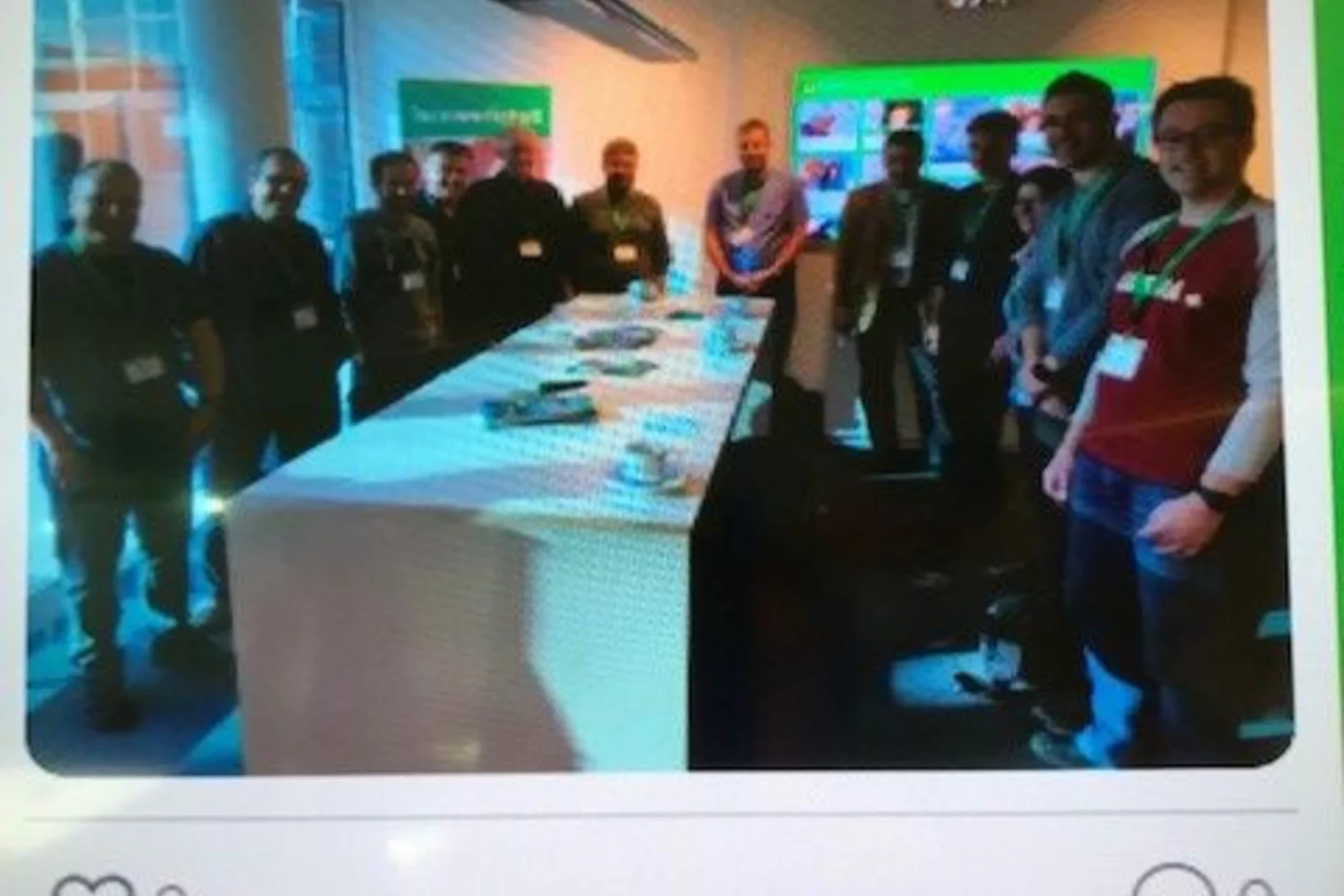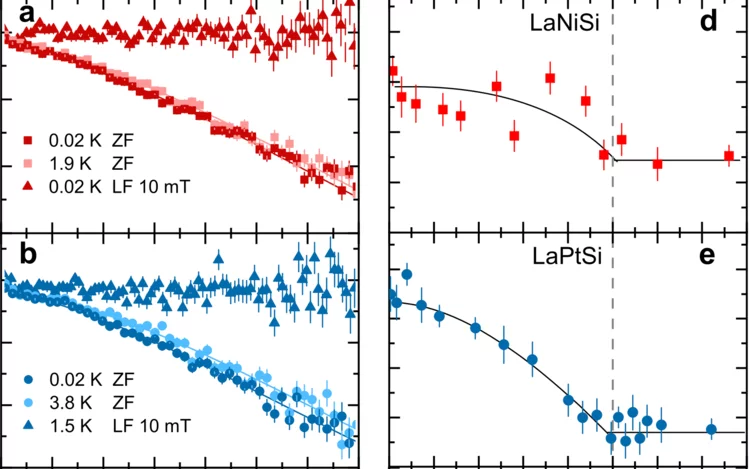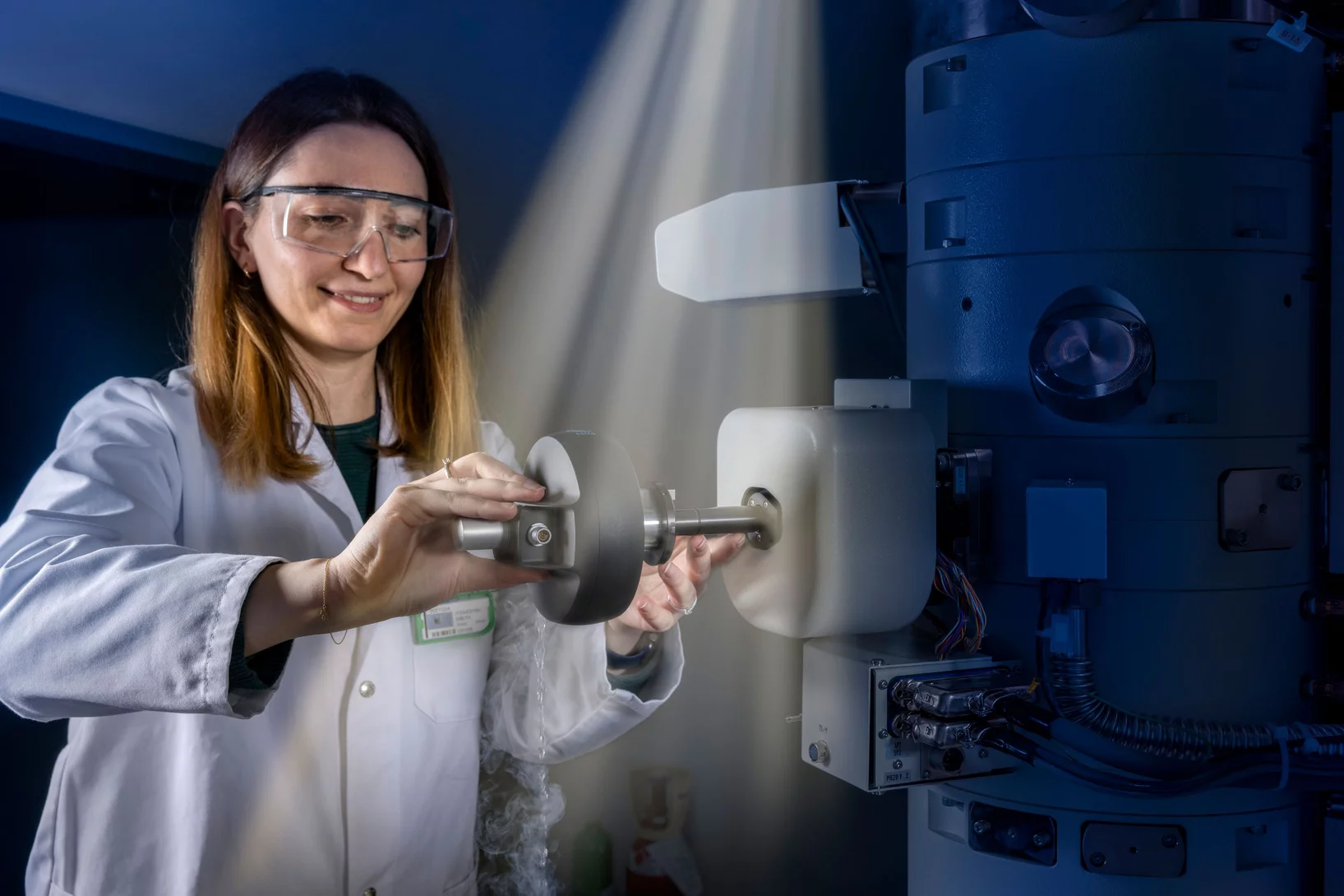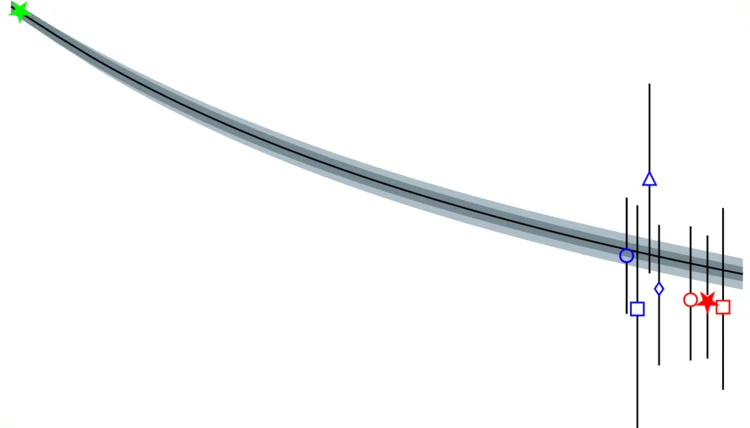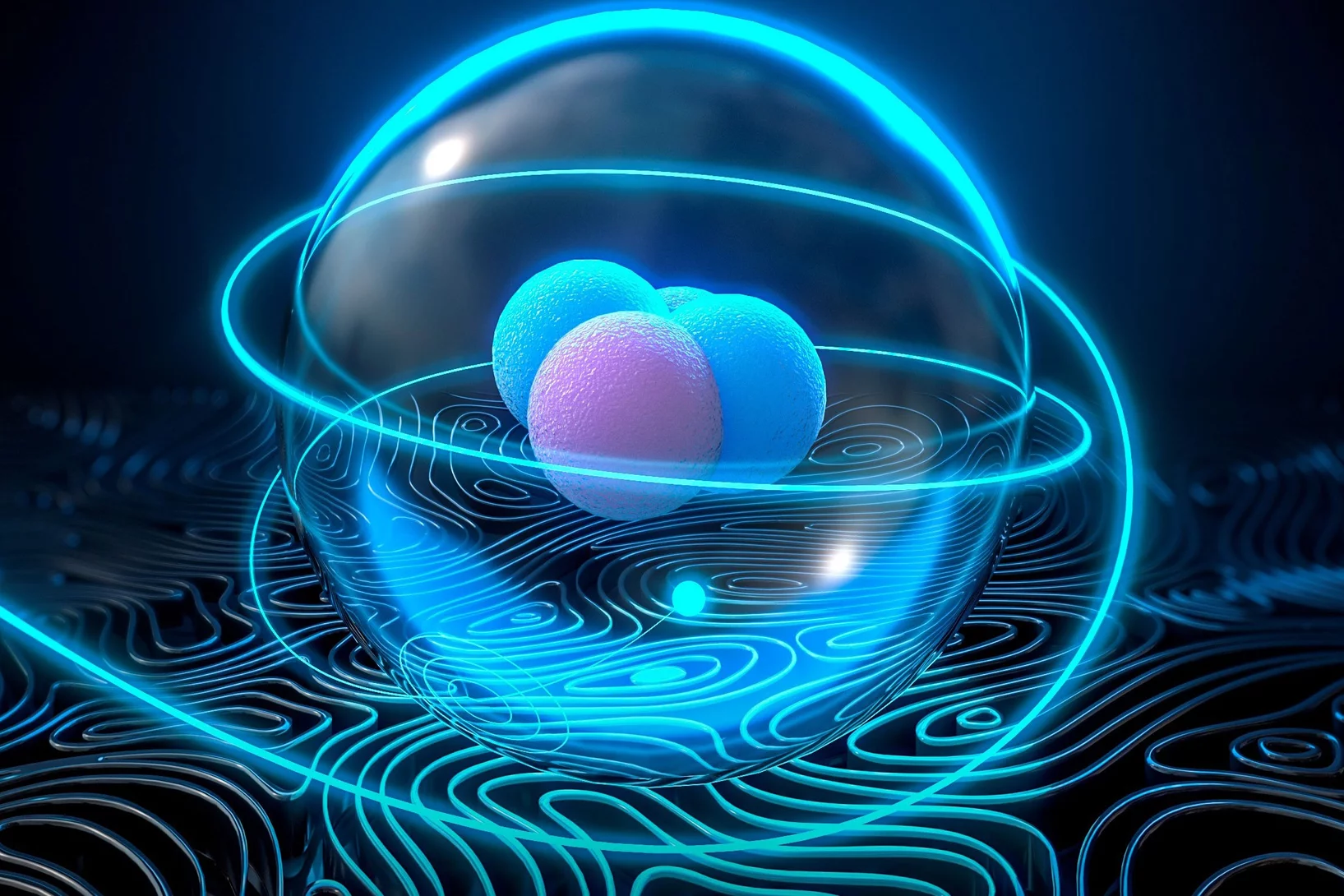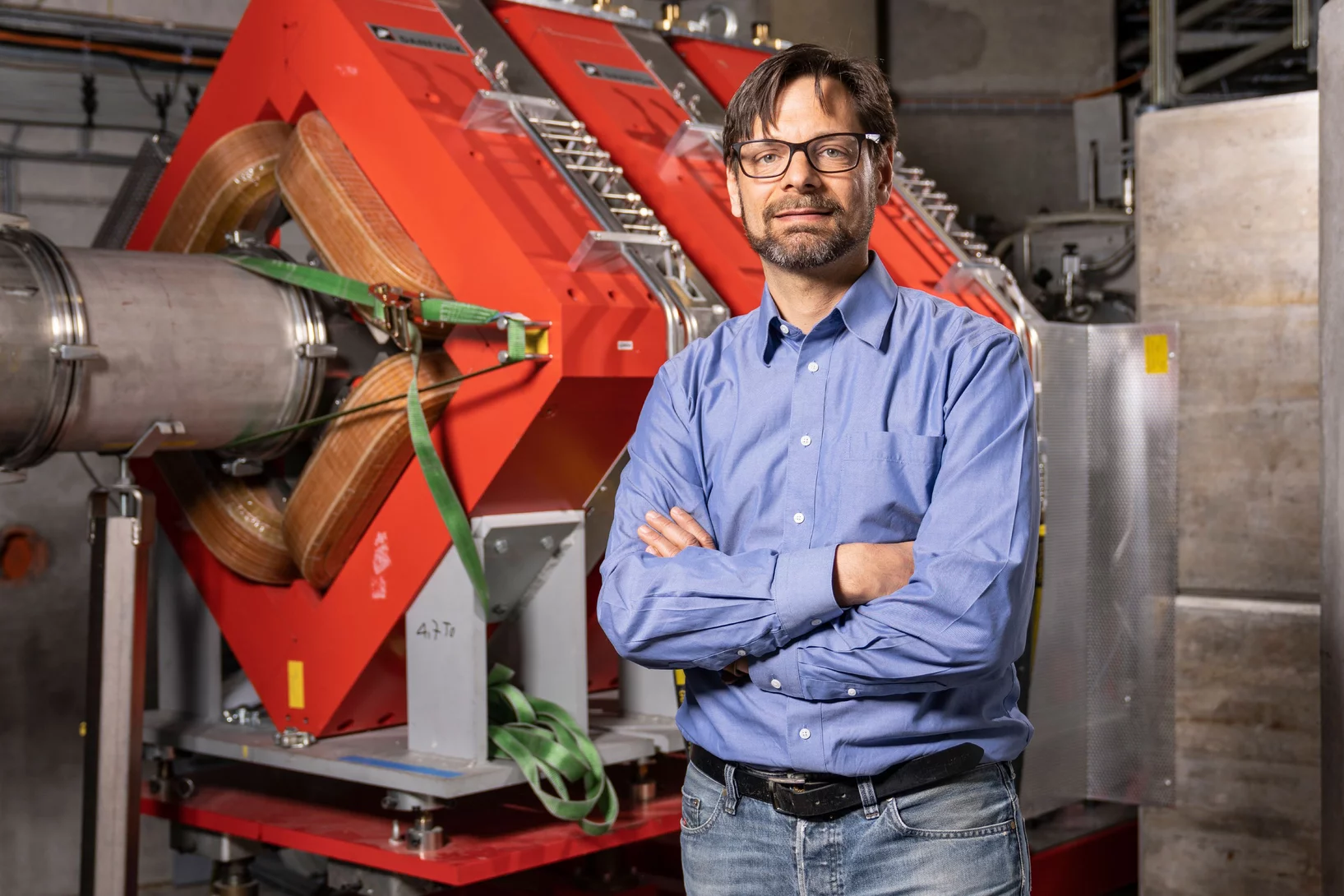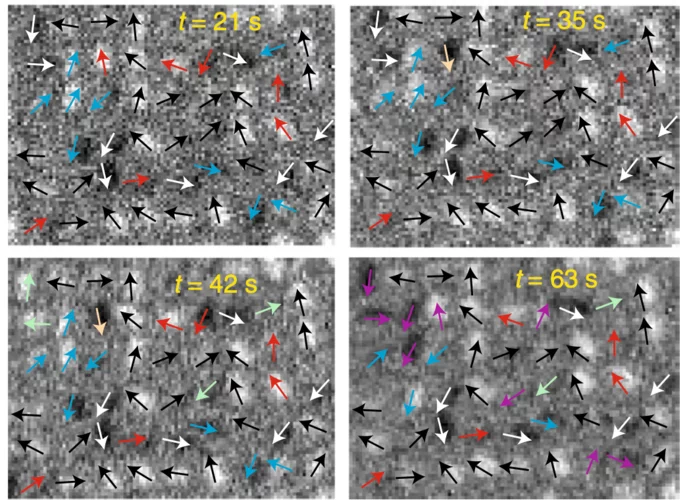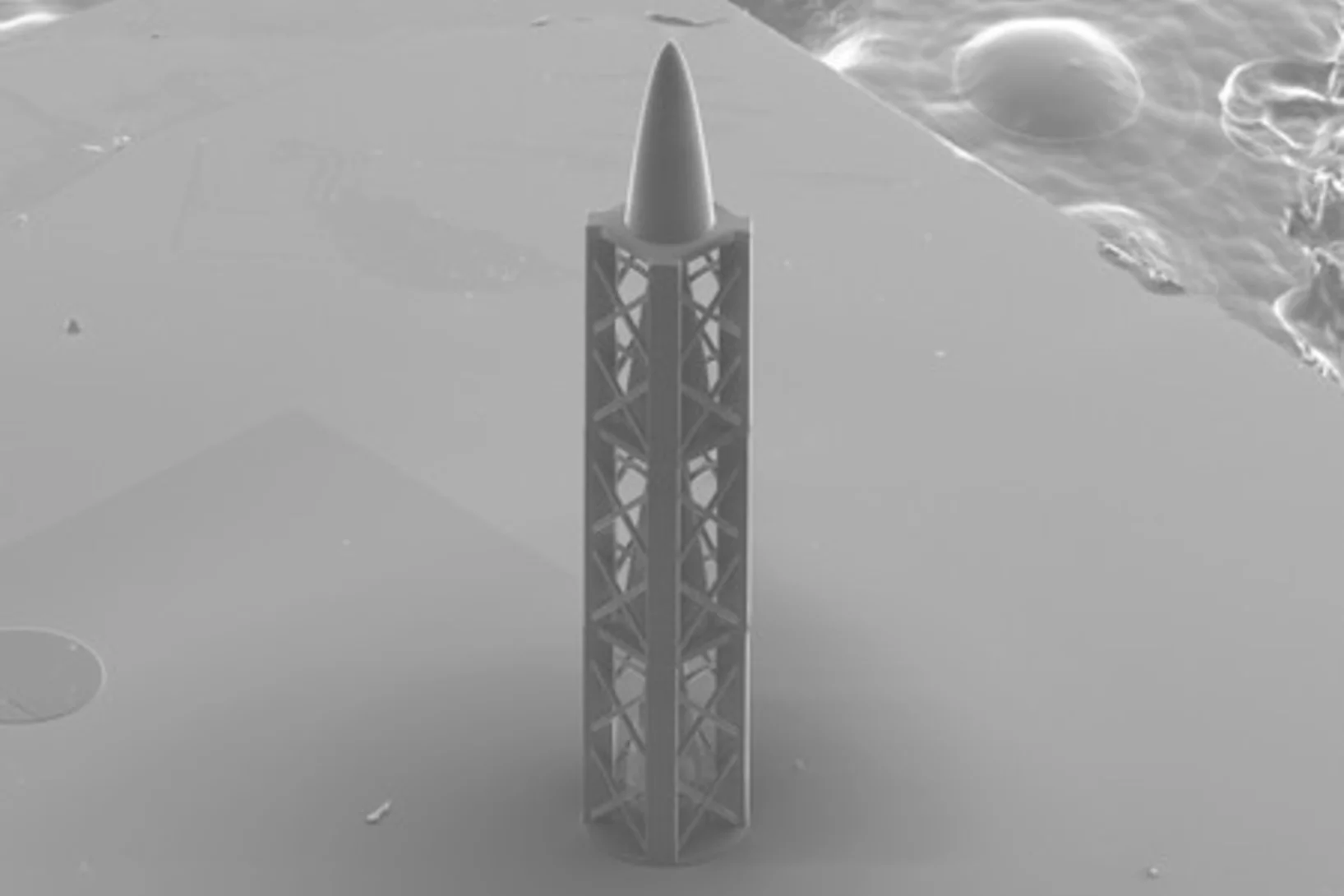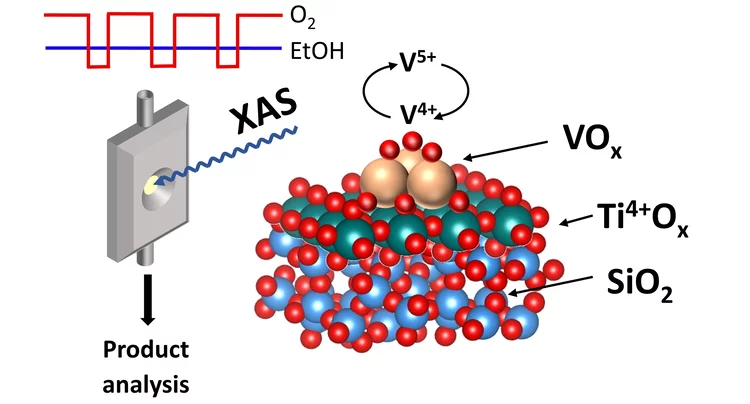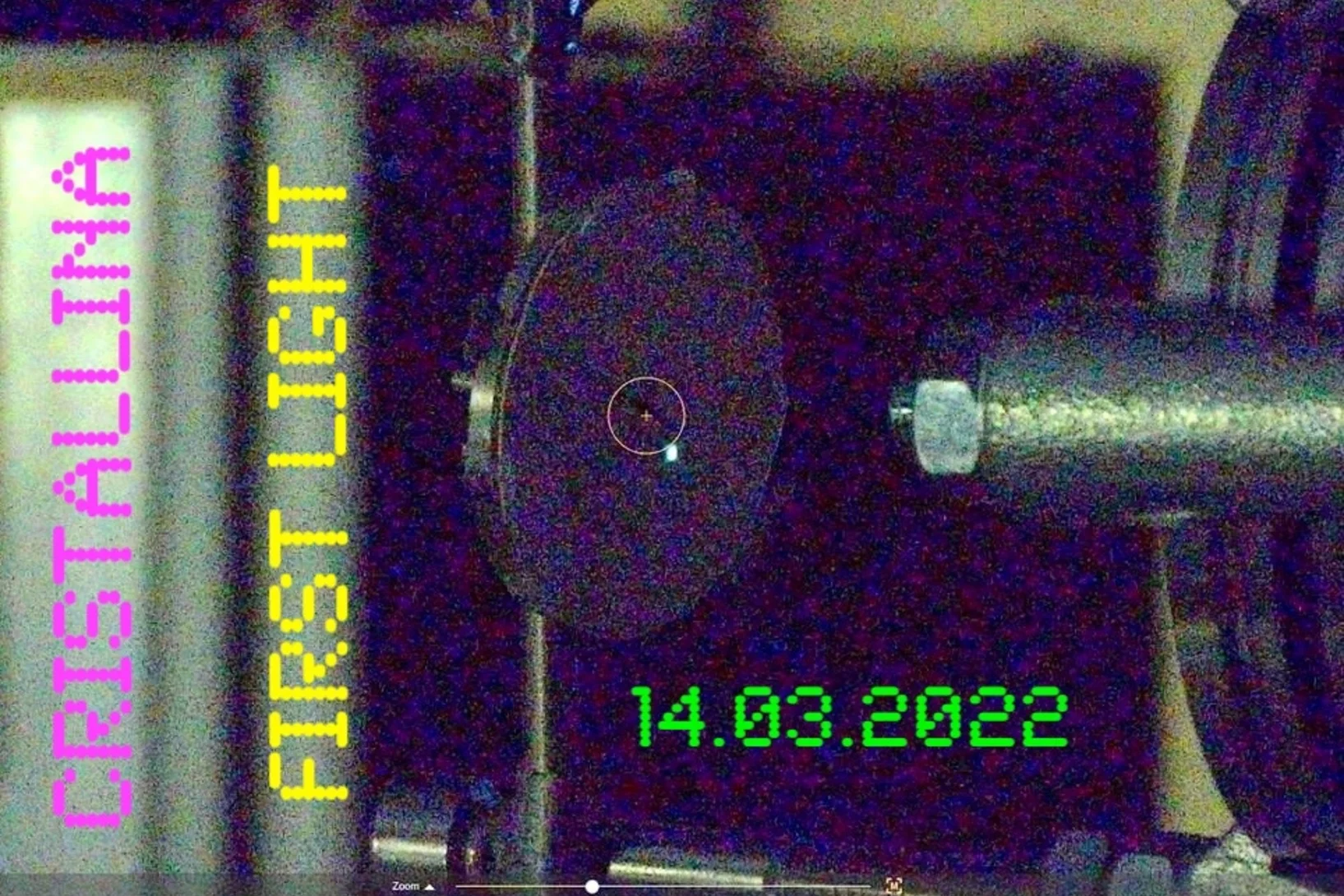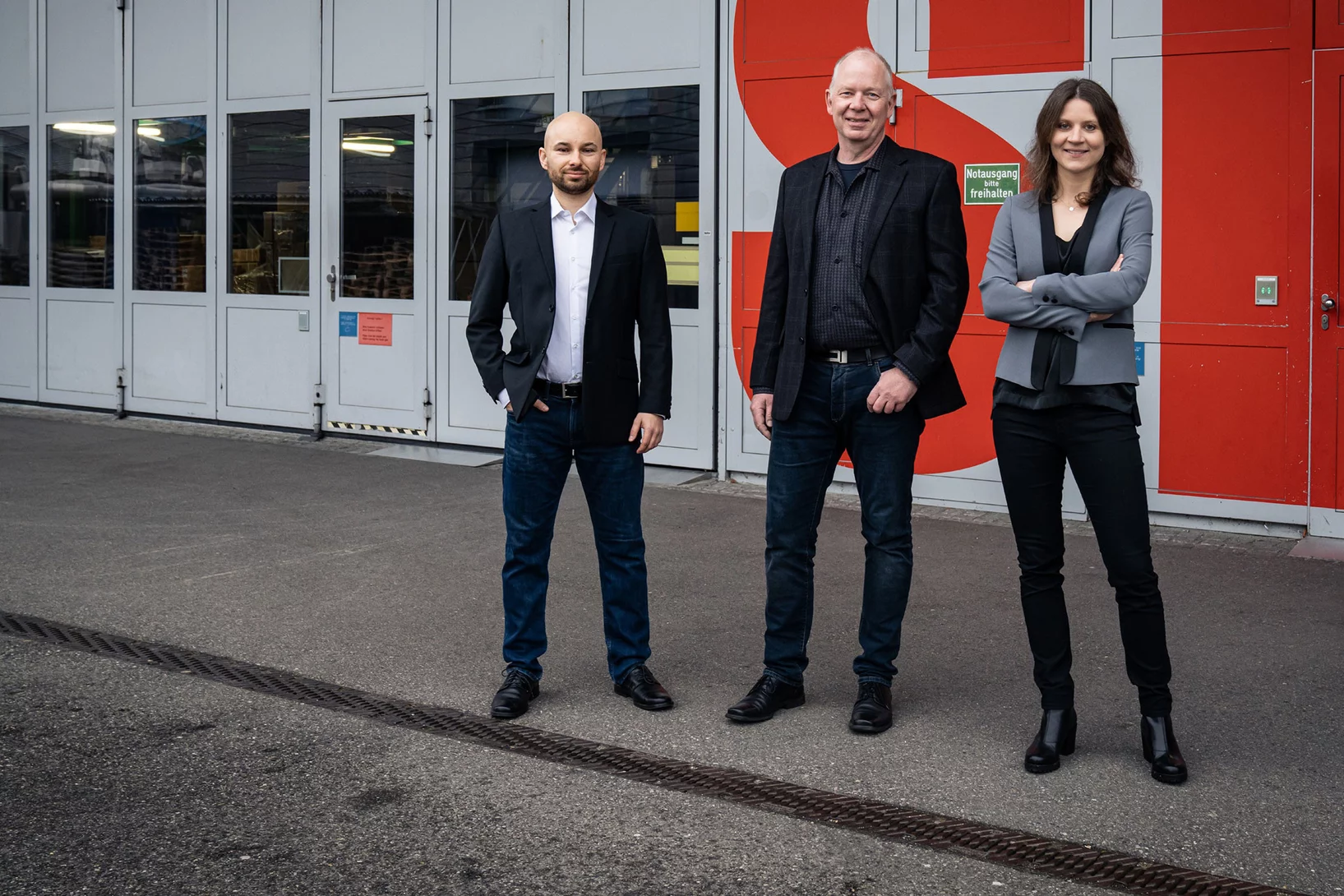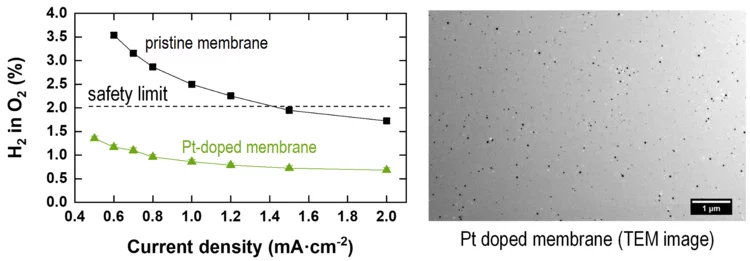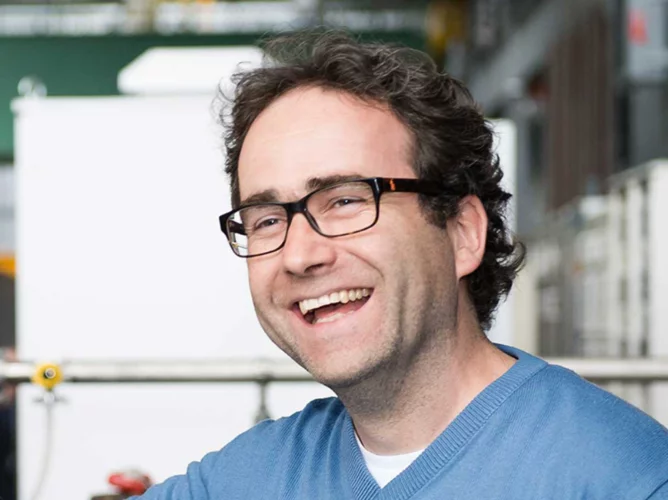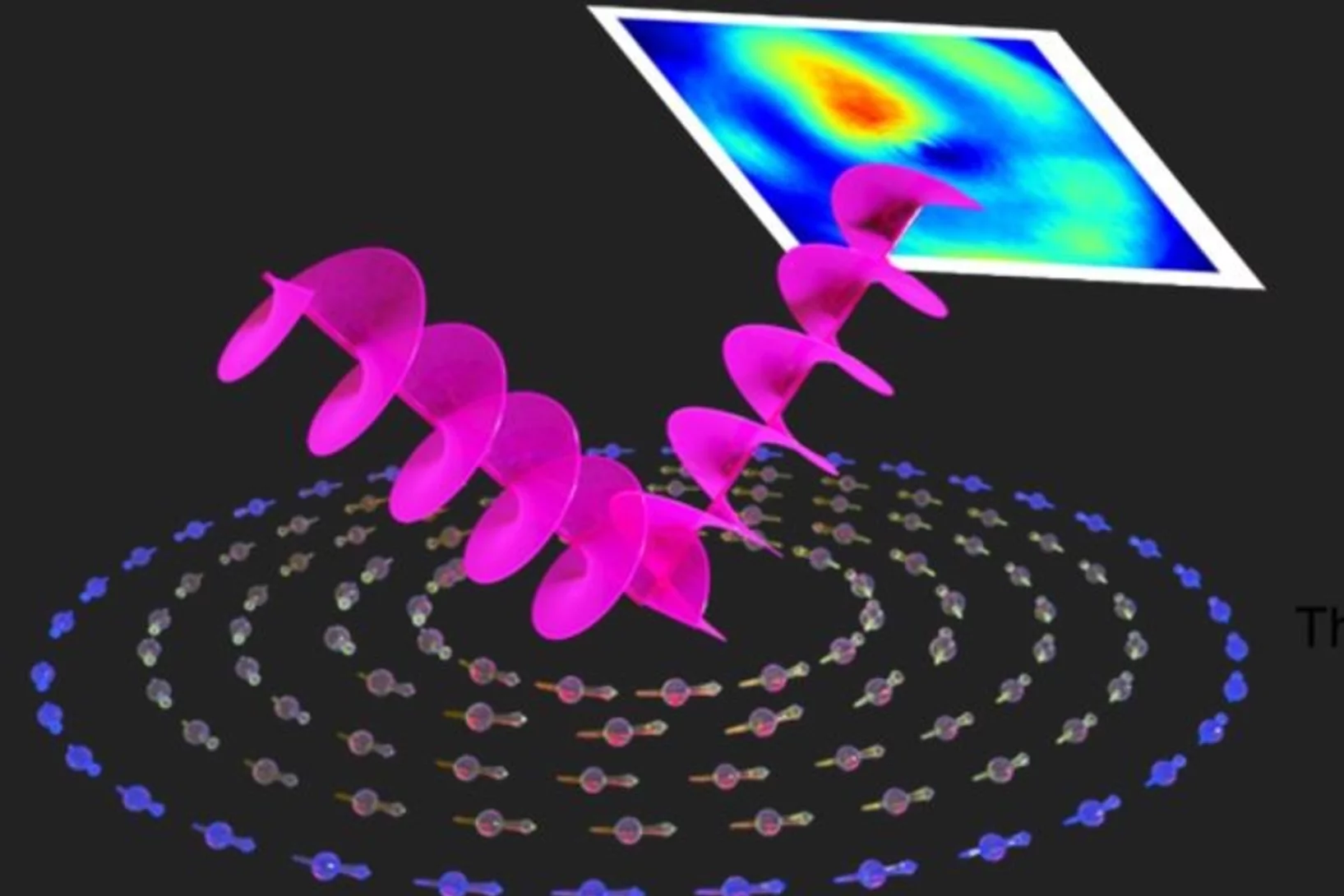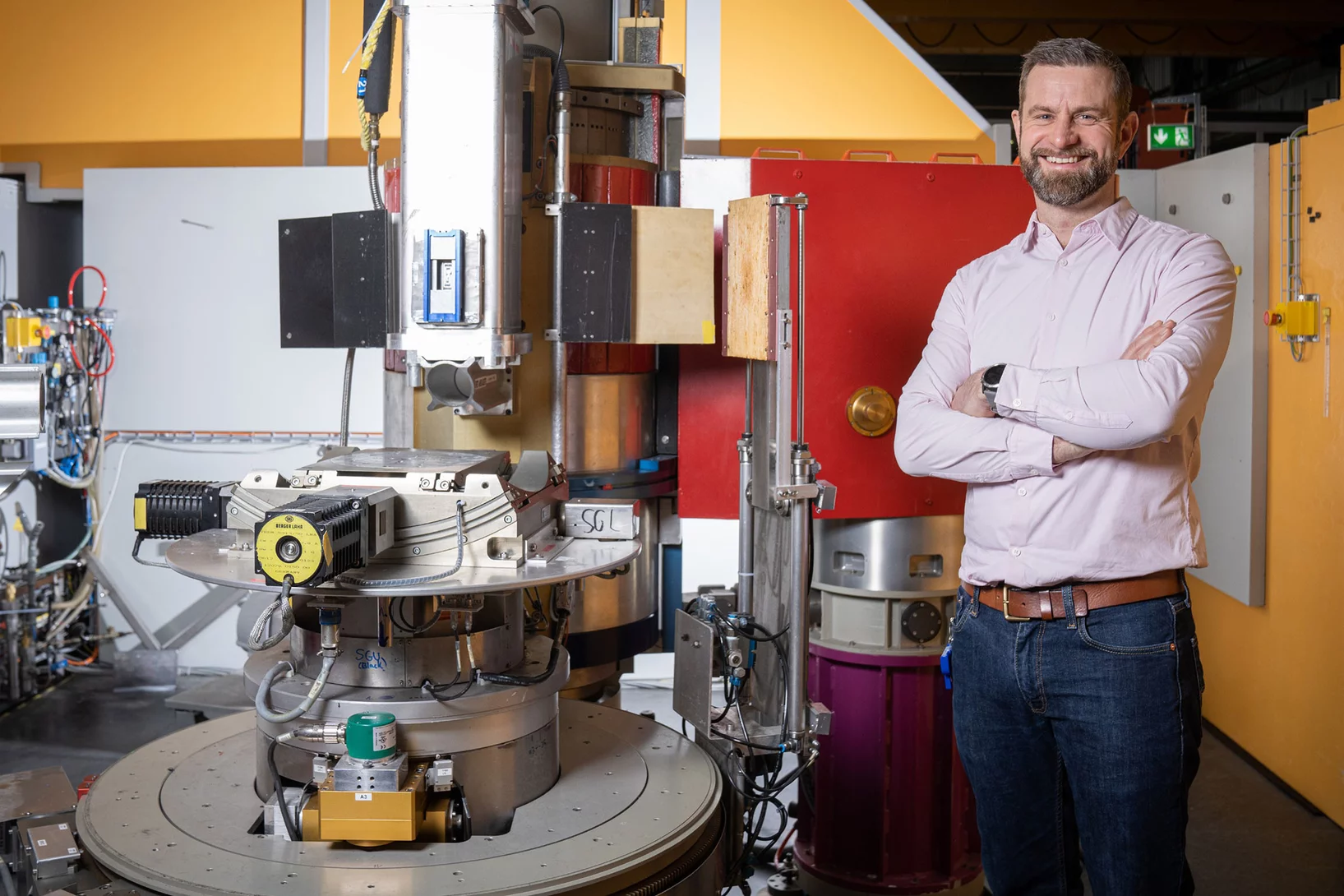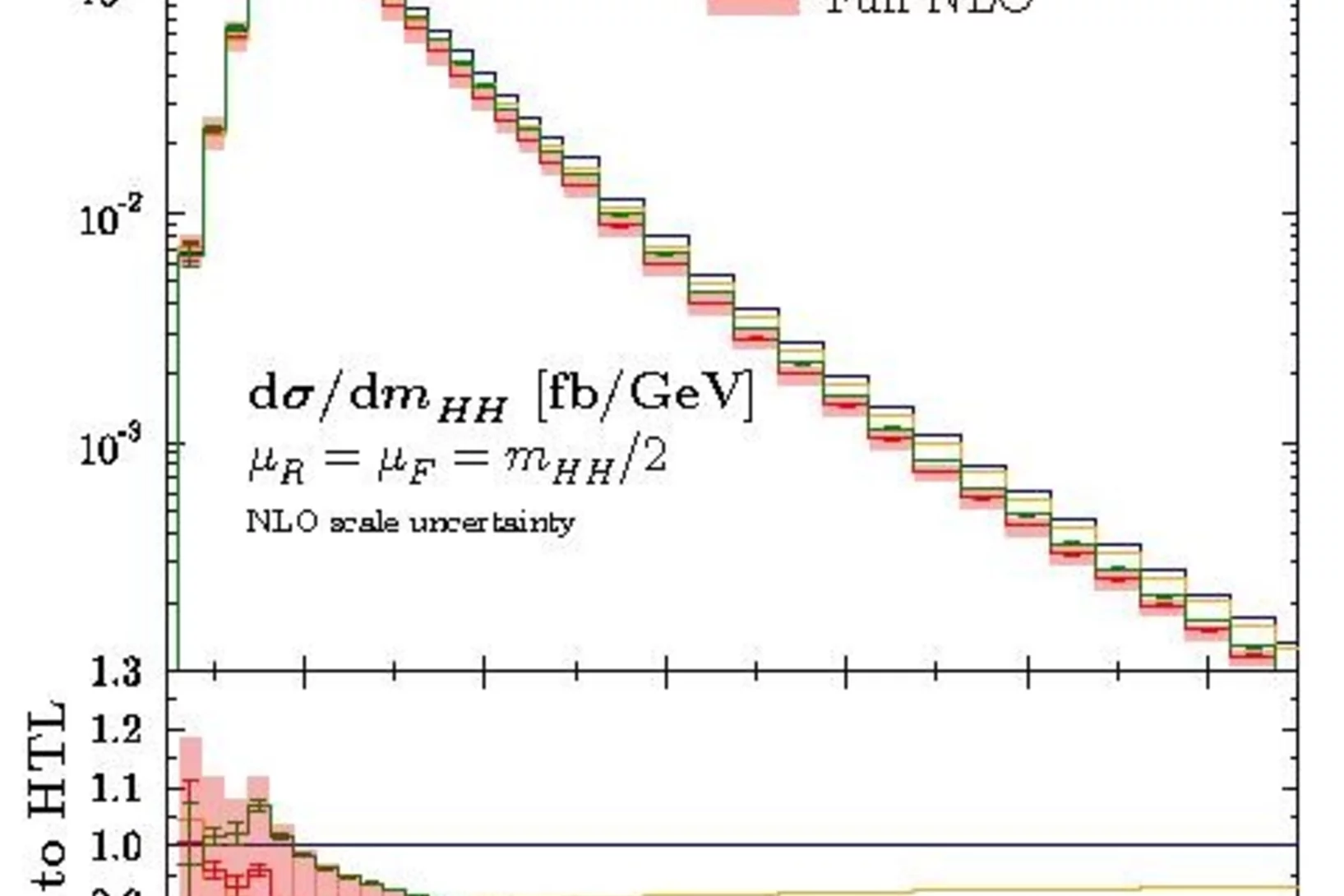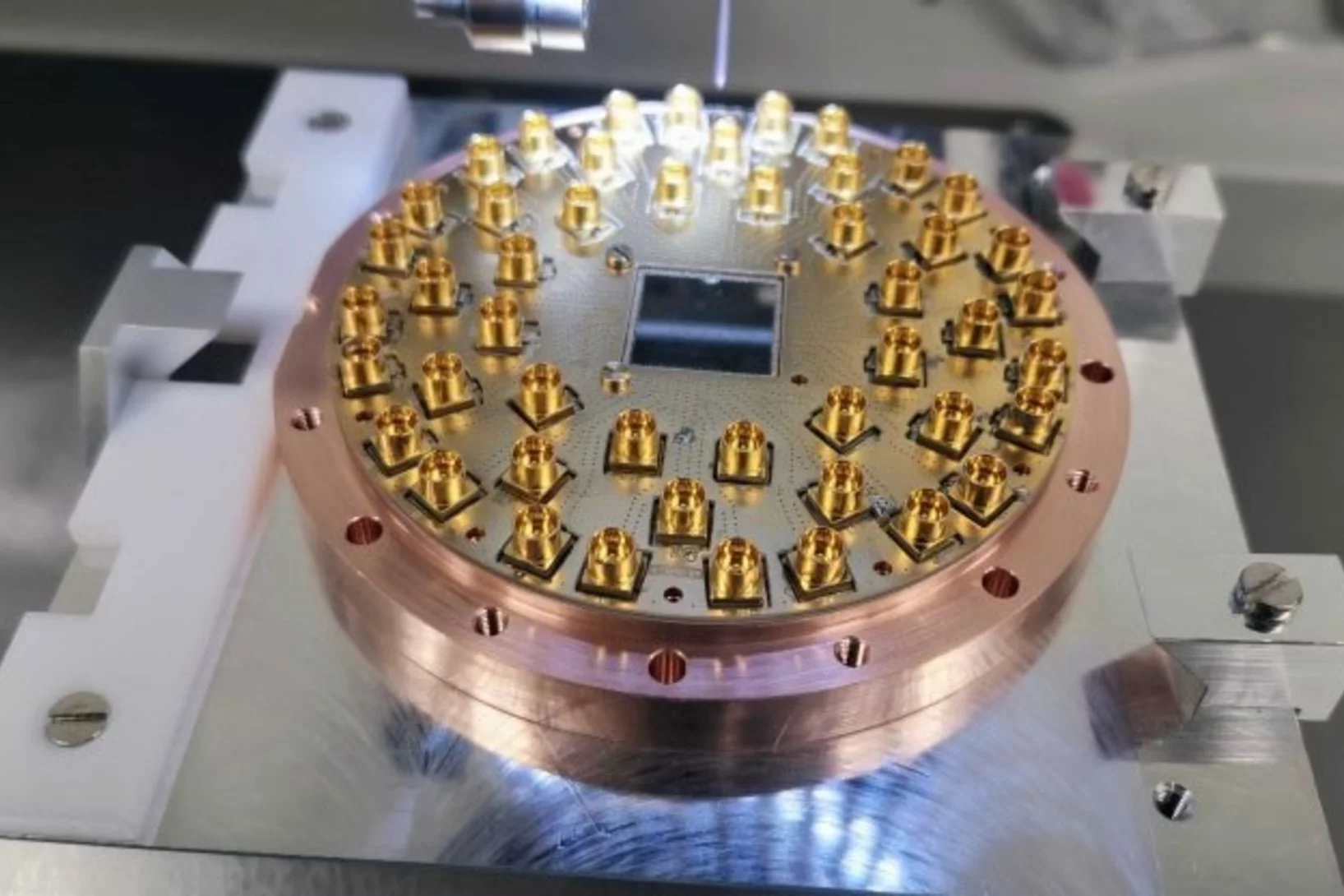Shifting away from nuclear energy, expanding solar and wind power, generating energy from biomass, reducing energy consumption. Switzerland is committed to becoming climate-neutral by 2050. An ambitious goal, which has become more urgent than ever due to the increasingly challenging geopolitical situation. How can a sustainable and resilient energy supply for Switzerland be established over the coming years? What's the optimal way to use renewable energy sources? What new technologies are especially promising? At PSI, researchers are seeking answers to these crucial questions.
COVID-19: Practical information for PSI users
From 1 April 2022 several safety measures against COVID-19 have been lifted at PSI.
Kick-Off Event: FEMSPIN - Promoting spin-off activities of female academics
This project launched by Swissuniversities is dedicated to the promotion of spin-off intentions and activities of women. There will be a kick-off on May 9 at the FHNW in Olten. Deadline for registration: April 15, 2022. Follow this link for further information.
Square and rhombic lattices of magnetic skyrmions in a centrosymmetric binary compound
Magnetic skyrmions are topologically stable swirling spin textures with particle-like char- acter, and have been intensively studied as a candidate of high-density information bit. While magnetic skyrmions were originally discovered in noncentrosymmetric systems with Dzyaloshinskii-Moriya interaction, recently a nanometric skyrmion lattice has also been reported for centrosymmetric rare-earth compounds, such as Gd2PdSi3 and GdRu2Si2. For the latter systems, a distinct skyrmion formation mechanism mediated by itinerant electrons has been proposed, and the search of a simpler model system allowing for a better understanding of their intricate magnetic phase diagram is highly demanded. Here, we report the discovery of square and rhombic lattices of nanometric skyrmions in a centrosymmetric binary compound EuAl4, by performing small-angle neutron and resonant elastic X-ray scattering experiments.
Rescuing Earth’s icy memory
An international research team with PSI participation is rushing to preserve glacier ice for posterity.
Hercules School 2022
PSI hosted again the Hercules School in March 2022. We had the pleasure to welcome 20 international PhD students, PostDocs and scientists to demonstrate our state-of-the-art techniques and methodologies at our large scale facilities, the Swiss Light Source (SLS), the Swiss Spallation Neutron Source (SINQ) and our free electron laser SwissFEL.
Berufsbildungs-Event Olten 2022
Damit wir fit in der Berufsbildung bleiben, haben 12 Berufsbildnerinnen und Berufsbildner am Event in Olten teilgenommen.
Spin-triplet superconductivity in Weyl nodal-line semimetals
Topological semimetals are three dimensional materials with symmetry-protected massless bulk excitations. As a special case, Weyl nodal-line semimetals are realized in materials having either no inversion or broken time-reversal symmetry and feature bulk nodal lines. The 111-family, including LaNiSi, LaPtSi and LaPtGe materials (all lacking inversion symmetry), belongs to this class. Here, by combining muon-spin rotation and relaxation with thermodynamic measurements, we find that these materials exhibit a fully- gapped superconducting ground state, while spontaneously breaking time-reversal symmetry at the superconducting transition.
First demonstration of tuning between the Kitaev and Ising limits in a honeycomb lattice
Recent observations of novel spin-orbit coupled states have generated interest in 4d/5d transition metal systems. A prime example is the Jeff = 1/2 state in iridate materials and α-RuCl that drives Kitaev interactions. Here, by tuning the competition between spin-orbit interaction (λSOC) and trigonal crystal field (ΔT), we restructure the spin-orbital wave functions into a previously unobserved μ=1/2 state that drives Ising interactions.
Cool newcomer
Cryo-electron microscopy can help resolve many open questions about light-sensitive proteins, rapidly and with high precision.
HERCULES students virtually at TOMCAT
In the framework of the HERCULES European School about Neutrons & Synchrotron Radiation for Science which is coordinated by the Université de Grenoble Alpes and took place on February 28 – April 1, 2022, we were pleased to virtually host 4 students for a hands-on session. During this practical on “Absorption and phase contrast X-ray tomographic microscopy”, the students had the chance to go, with the help of a jupyter notebook and the guidance of our team members Margaux Schmeltz and Christian Schlepütz, through different examples of tomographic reconstructions. They learnt about basic decisions and tradeoffs that have to be taken into account when planning to acquire tomographic imaging data, were introduced to some segmentation tools and even got to play with dynamic tomographic data!
The Running Bottom Quark Mass and the Higgs Boson
We present a new measurement of the bottom quark mass in the MS scheme at the renormalization scale of the Higgs boson mass from measurements of Higgs boson decay rates at the LHC: mb (mH) = 2.6 +0.36 -0.31 GeV. The measurement has a negligible theory uncertainty and excellent prospects to improve at the HL-LHC and a future Higgs factory.
Antiprotons in superfluid helium: a new way for sensitive measurements of antimatter
Scientists, publishing in Nature, have found that a hybrid antimatter-matter atom behaves in an unexpected way when submerged in superfluid helium.
Two million Swiss francs granted to search for new physics
Philipp Schmidt-Wellenburg will set up a novel experiment at a muon beamline at PSI.
A recipe for career planning - one ingredient should never be forgotten
Plan a career, visualise your future job and set yourself precise goals. This is often the sort of good and well-intentioned advice given by friends, relatives and career counsellors when it comes to planning one's professional future. There is no recipe with a guarantee of success and, above all, one particular ingredient should never be forgotten: Happenstance.
Direct observation of a dynamical glass transition in a nanomagnetic artificial Hopfield network
Spin glasses, generally defined as disordered systems with randomized competing interactions, are a widely investigated complex system. Theoretical models describing spin glasses are broadly used in other complex systems, such as those describing brain function, error-correcting codes or stock-market dynamics. This wide interest in spin glasses provides strong motivation to generate an artificial spin glass within the framework of artificial spin ice systems. Here we present the experimental realization of an artificial spin glass consisting of dipolar coupled single-domain Ising-type nanomagnets arranged onto an interaction network that replicates the aspects of a Hopfield neural network.
Novel X-ray lens with potential commercial applications
PSI scientists have developed a ground-breaking achromatic lens for X-rays which facilitates the glimpse into the nanoworld. This allows the X-ray beams to be accurately focused on a single point even if they have different wavelengths. Soon, the newly developed lens will also be used in industry.
Macroscopic mapping of microscale fibers in freeform injection molded fiber-reinforced composites using X-ray scattering tensor tomography
Prediction of the mechanical properties dictated by the local microfiber orientation is essential for the performance characterization of fiber-reinforced composites. Typically, tomographic imaging methods that provide fine spatial resolution are employed to investigate various materials' local micro- and nano-architecture in a non-destructive manner. However, conventional imaging techniques are limited by a substantial trade-off between the structure size of interest and the accessible field of view (FOV). Researchers from the TOMCAT beamline at Paul Scherrer Institut, Xnovo Technology ApS, and the Technical University of Denmark have demonstrated the potential of X-ray scattering tensor tomography for industrial applications by characterizing the microstructure of a centimeter-sized industrially relevant freeform injection molding fiber-reinforced composite sample. This emerging technique provides unprecedented access to microstructural information over centimeter-sized sample volumes paving the way towards its potential integration as an invaluable tool, for instance, in the fiber-reinforced-composite (FRC) industry. The obtained fiber orientation and anisotropy information over statistically relevant large volumes can be used to predict the mechanical properties of final products, optimize production parameters, and improve fiber injection molding simulation frameworks. The work is published in Composites Part B: Engineering on 15 March 2022.
Redox Dynamics of Active VOx Sites Promoted by TiOx during Oxidative Dehydrogenation of Ethanol Detected by Operando Quick XAS
Operando time-resolved V and Ti K-edge X-ray absorption near-edge spectroscopy, coupled with a transient experimental strategy, quantitatively showed that the formation of acetaldehyde over 5% V2O5/15% TiO2/SiO2 is kinetically coupled to the formation of a V4+ intermediate, while the formation of V3+ is delayed and 10–70 times slower. The low-coordinated nature of various redox states of VOx species (V5+, V4+, and V3+) in the 5% V2O5/15% TiO2/SiO2 catalyst is confirmed using the extensive database of V K-edge XANES spectra of standards and specially synthesized molecular crystals.
SwissFEL Cristallina "first light" milestone achieved
First X-rays have reached the SwissFEL Cristallina experimental station on 14.03.2021 which is one day ahead of schedule. The achievement of this important milestone marks the beginning of the commissioning phase of the Cristallina project.
Novel X-ray lens facilitates glimpse into the nanoworld
PSI develops a revolutionary achromatic lens for X-rays.
Enabling the use of Thin Membranes in Water Electrolyzers using a Recombination Catalyst
The conversion efficiency for green hydrogen production in a polymer electrolyte water electrolyzer (PEWE) is strongly influenced by the ohmic cell resistance and therefore the thickness of the membrane used. The use of thin membranes (~50 micron or below) is limited by gas crossover of H2 and O2, which can lead to the formation of explosive gas mixtures. The incorporation of a recombination catalyst provides remedy and allows a more dynamic operating mode.
Aldo Antognini Adjunct Professor at ETHZ
Aldo Antognini, currently lecturer and senior scientist at both ETH Zurich and the Laboratory for Particle Physics at NUM/PSI was awarded the title of Adjunct Professor at ETH Zurich.
Light springs and magnetic vortices: a new kind of dichroism
In contrast to circular dichroism that is dependent on the polarization, helicoidal dichroism induced by a twisted wave front profile is scarcely known. The first evidence of magnetic helicoidal dichroism has now been observed in an experiment using Spiral Fresnel Zone Plates developed at the Paul Scherrer Institut.
Exchange scaling of ultrafast angular momentum transfer in 4f antiferromagnets
A novel approach to controlling the speed of magnetic processes has been found through resonant magnetic scattering in an antiferromagnetic Lanthanide intermetallics.
The wondrous world of light antennas
How light receptors can be used to specifically switch processes in cells on and off.
Waves on circular paths
Energy-efficient alternative to information transmission with electric current
Higgs-boson pair production at LHC: reliable theoretical uncertainties
Researchers at PSI have refined the theoretical prediction for the pair production of Higgs bosons at the LHC and re-analized the related uncertainties resulting in sizable contributions neglected before. This process will be highly relevant at the high-luminosity run of the LHC to measure the Higgs potential directly.
Waves on circular paths
Just as electrons flow through an electrical conductor, magnetic excitations can travel through certain materials. Such excitations, known in physics as "magnons" in analogy to the electron, could transport information much more easily than electrical conductors. An international research team has now made an important discovery on the way towards such components, which could be highly energy-efficient and considerably smaller.
Superconducting qubit first success at Quantum Computing Hub
Andreas Wallraff talks about moving in, refrigerators and measuring the first superconducting qubit at the ETHZ-PSI Quantum Computing hub.
Events on March 8 to Celebrate International Women's Day
March 8 is International Women's Day! Find out what offers there are to celebrate this occasion!

